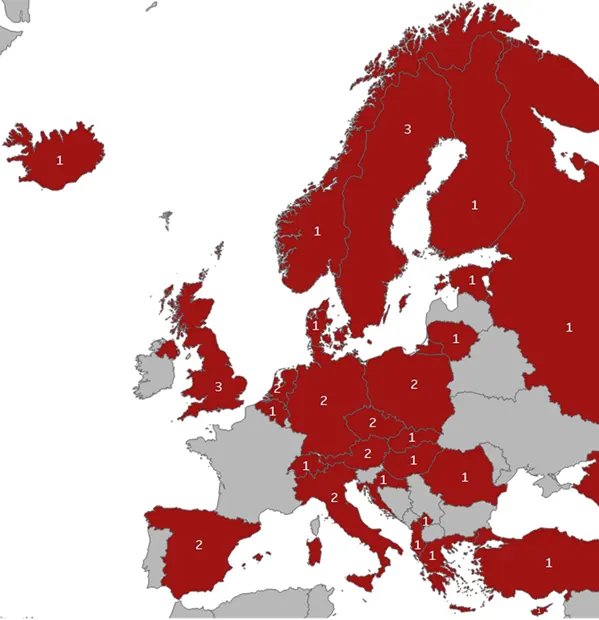Credit Markets Indicators Newsletter
In 2024, ACCIS launched a Credit Market Indicators Newsletter, a pioneering publication marking a significant stride in fostering transparency and comprehension within Europe’s credit markets. At the heart of this quarterly newsletter lies a wealth of data curated from reports furnished by credit bureaus spanning the European continent. We aim to provide stakeholders with insights into the dynamics that define the European credit landscape.
Membership Survey
Every few years, ACCIS carries out a survey of its members. The survey highlights the main business indicators and characteristics of credit referencing agencies (CRAs), and the types and quality of the data held by ACCIS member organisations, specifically its depth and breadth and the extent to which it may be used by granters of credit. The survey also looks at the competitive landscape and regulatory framework in which CRAs operate.
We have introduced a few new questions in the latest survey, to cover emerging developments that are relevant to our industry, in particular how information related to the granting of COVID-19-related loan moratoria across many European countries has been processed in credit databases
In 2020, 39 of 42 ACCIS members completed the survey. These members operate in 28 countries, of which 16 are in the EU. About in two-thirds of these countries there is a single CRA member of ACCIS.
Regulatory Handbook
As a complement to the latest Survey, in January 2023 ACCIS published a Legal and Regulatory Handbook on Credit Reporting. The objective of the handbook is to describe the basic rules and features of the legal/regulatory framework under which providers of credit reporting services operate in a given country.
The information contained in the handbook covers 17 European countries and has been collected on a best effort basis. In future editions, the number of countries covered will increase.
Quarterly ACCIS Credit Market Indicators Newsletter
2020 ACCIS Survey Report
Countries covered by ACCIS members that responded to the survey

Respondents 39 Covered Countries 28 Countries with a single CRA 19


